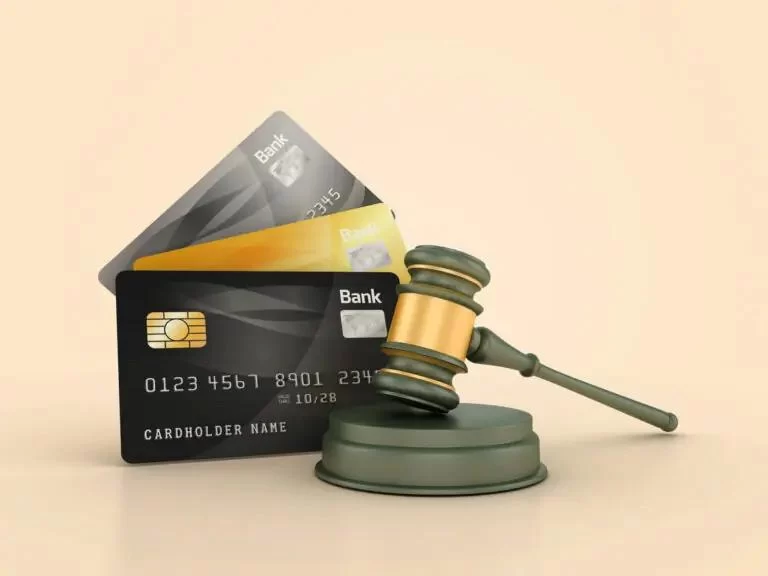
- Understanding When to File a Lawsuit for Unpaid Debts
- Preparing Your Case for Unpaid Debt Litigation
- Step-by-Step Guide to Filing a Lawsuit for Unpaid Debts
- Common Challenges and How to Overcome Them
- Real-Life Examples of Successful Unpaid Debt Lawsuits
- Why Seek Professional Help from ESPLawyers
1. Understanding When to File a Lawsuit for Unpaid Debts
Deciding to file a lawsuit for unpaid debts is a significant step that requires careful consideration. Before proceeding, it’s essential to evaluate if legal action is the most appropriate path to recover the money owed. Typically, lawsuits are considered when all amicable efforts such as reminders, negotiations, and payment plans have failed.
Many creditors hesitate to escalate to litigation due to concerns about costs, time, and potential relationship damage. However, understanding your rights and the legal options available can empower you to make informed decisions. Recognizing when to file a lawsuit for unpaid debts depends on factors like the debt amount, the debtor’s financial situation, and how long the debt has been outstanding.
Prompt action can be crucial since statutes of limitations vary by jurisdiction and can affect your ability to sue for unpaid debts.
1.1 Importance of Assessing Debt Validity and Documentation
Before filing, ensure you have clear evidence of the debt, such as contracts, invoices, communication records, or promissory notes. Without proper documentation, proving your claim in court becomes challenging.
1.2 Evaluating Alternative Dispute Resolution
Consider alternatives like mediation or arbitration which can be less costly and faster than traditional lawsuits, especially for smaller debt amounts.
2. Preparing Your Case for Unpaid Debt Litigation
Preparation is key to a successful lawsuit for unpaid debts. Organizing all relevant documents and understanding legal requirements will strengthen your position.
2.1 Gathering Evidence and Financial Records
Collect all contracts, invoices, correspondence, and payment history related to the debt. This evidence forms the foundation of your case, demonstrating the debtor’s obligation and failure to pay.
2.2 Identifying the Correct Legal Venue
Determine the appropriate court or tribunal to file your lawsuit based on the debt amount and jurisdiction. This step ensures your case is heard in the correct forum.
2.3 Understanding Legal Costs and Risks
Be aware of the potential costs involved, including court fees, attorney fees, and the time commitment required. Sometimes, the costs may outweigh the benefits, so weigh this carefully.
3. Step-by-Step Guide to Filing a Lawsuit for Unpaid Debts
Filing a lawsuit for unpaid debts involves several key stages that must be carefully followed to maximize your chances of success.
3.1 Step 1: Sending a Formal Demand Letter
Before filing, send a written demand letter clearly stating the amount owed, the basis of the debt, and a deadline for payment. This can sometimes prompt payment without litigation.
3.2 Step 2: Filing the Complaint
If the demand letter is ignored, the next step is to file a complaint with the court. This document outlines your claim and the relief you seek, officially starting the lawsuit.
3.3 Step 3: Serving the Defendant
Once the complaint is filed, the defendant must be formally served with the legal documents. Proper service is critical to proceed with the case.
3.4 Step 4: Pre-Trial Procedures
This phase may include discovery, where both parties exchange information, and possibly settlement negotiations or mediation to resolve the dispute out of court.
3.5 Step 5: Trial and Judgment
If no settlement is reached, the case proceeds to trial. After hearing evidence and arguments, the court will issue a judgment determining if you will recover your debt.
4. Common Challenges and How to Overcome Them
Filing a lawsuit for unpaid debts is rarely straightforward. Creditors often face obstacles that require strategic responses.
4.1 Difficulty Locating the Debtor
Sometimes, debtors avoid contact or change addresses. Using professional services to locate debtors can prevent delays.
4.2 Debtor’s Financial Insolvency
If the debtor lacks funds or has declared bankruptcy, recovering unpaid debts becomes more complicated. In these cases, understanding creditor rights during insolvency is crucial.
4.3 Legal Technicalities and Procedural Errors
Improper filing, missed deadlines, or incorrect documentation can derail your case. Professional legal advice helps navigate these complexities.
5. Real-Life Examples of Successful Unpaid Debt Lawsuits
Stories from actual cases can shed light on effective tactics and outcomes.
5.1 Case of Small Business Debt Recovery
A local supplier successfully sued a client who owed over $20,000. By meticulously documenting communications and following legal procedures, the supplier secured a court judgment and eventually collected the debt through wage garnishment.
5.2 Freelance Professional’s Victory
A freelance designer won a lawsuit for unpaid fees after the client repeatedly ignored payment requests. The case highlighted the importance of contracts and formal demand letters.
6. Why Seek Professional Help from ESPLawyers
Understanding how to file a lawsuit for unpaid debts can be overwhelming without legal expertise. ESPLawyers specializes in debt recovery and offers tailored services to guide creditors through each step.
Their team provides practical advice, prepares necessary documents, and represents clients in court to improve recovery outcomes. Whether you are an individual or a business facing unpaid debts, ESPLawyers ensures your rights are protected efficiently and professionally.
Consulting ESPLawyers can save you time, reduce stress, and increase the likelihood of reclaiming the money owed to you.








